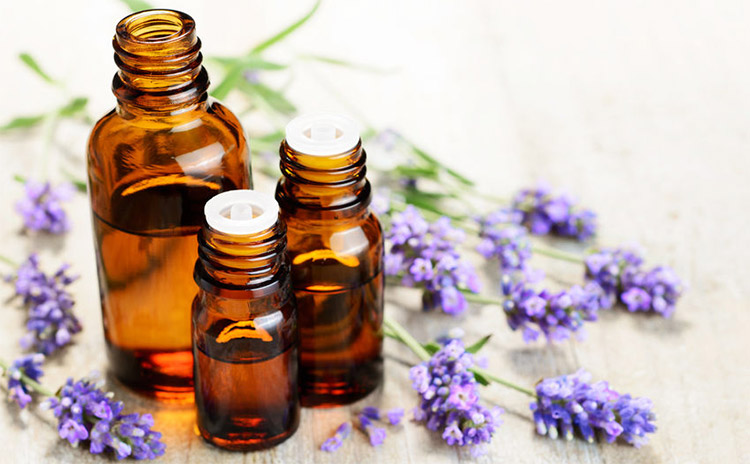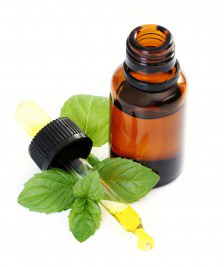Essential Oil Skin Patch Testing

Some essential oils can cause irritation, sensitization or reactions in some individuals. Even essential oils that have been actively promoted as being remarkably safe to use (i.e. Lavender Oil and Tea Tree Oil) have caused instances of sensitization for some individuals.

Prior to using an essential oil for the first time, skin patch testing is often recommended as a method of determining if you have an existing sensitivity/irritation to the natural constituents present in a particular essential oil. Knowing if you have an existing sensitivity or irritation to an oil may be helpful prior to using the essential oil topically.
Essential oil expert, author and educator Robert Tisserand, however, does not recommend initial skin patch testing because it is difficult to do accurately and it can be difficult to interpret the results. [Source: Tisserand, Robert, 2014). Tisserand Institute Complete Skin Series, Part 4: Irritation and Allergy [Web Presentation]. Retrieved from http://tisserandinstitute.org/essential-oils-and-the-skin-4-irritation-and-allergy/ on November 19, 2016.]
How to Perform a Skin Patch Test
- Read the Guide to Diluting Essential Oils article to learn how to properly dilute essential oils for topical use, and then return to this page.
- Never use essential oils undiluted on the skin.
- Avoid using essential oils that are hazardous and that are known to be of higher risk in causing sensitization/dermal irritation.
- Place 1-2 drops of a diluted skin safe essential oil on your inner forearm or back as recommended by Robert Tisserand as the most appropriate regions for testing.
- Apply a bandage. Do not get this area wet during the test.
- If you feel the onset of any irritation or if any reaction occurs, immediately remove the bandage and carefully wash the area with mild soap and water.
- If no irritation occurs after 48 hours, the essential oil, in its diluted form, should be safe for you to use diluted on your skin.
- However, even after conducting a skin patch test, there is no guarantee that you will not develop sensitization, irritation or allergy to the oil over time.
- Even if a particular essential oil does not irritate you, it still can still pose problems for someone else.
- Also keep in mind that if you are allergic to a particular plant, you are more likely to be allergic to that botanical's essential oil.
